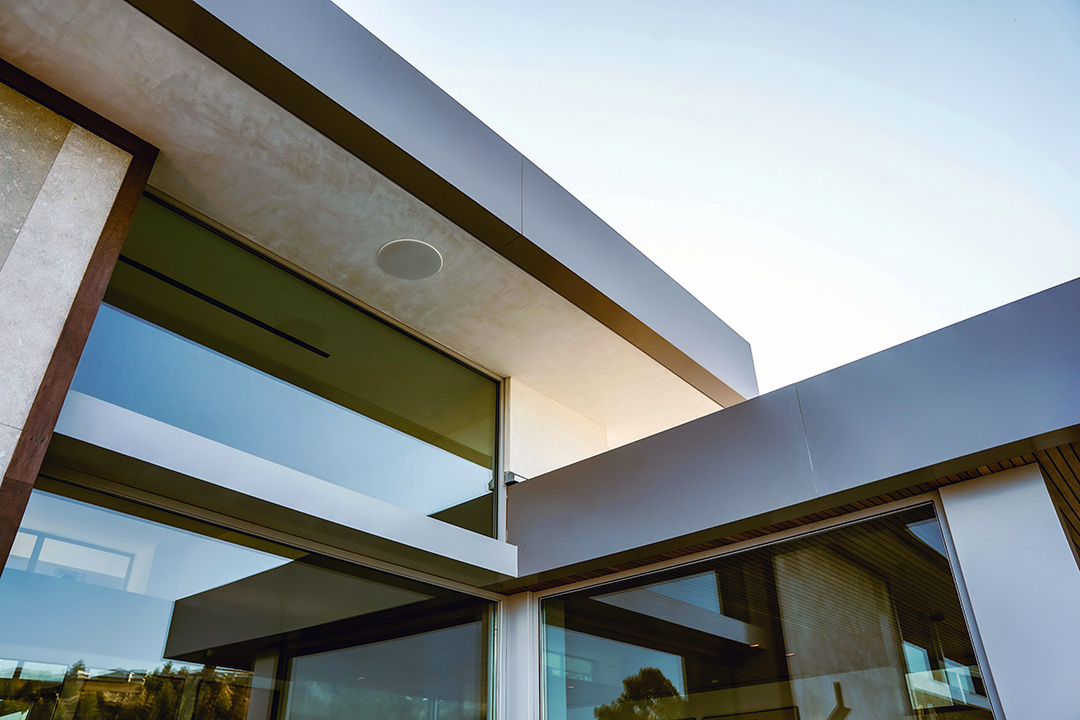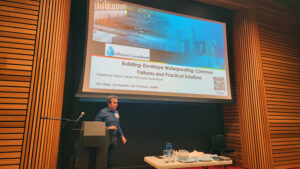Building envelopes protect a building from top to bottom, keeping out water and other weathering elements from every possible source. A successful building envelope design prevents damage that could cost the owner thousands, and extends the life cycle of the structure. However, the effectiveness of a building envelope is only as good as it’s initial design, installation and maintenance. Without expert knowledge and attention to detail right from the start of construction, building envelopes will fail over time.
“Too often, items are specified or installed without adequate thought as to how they will affect envelope performance and whether they will act cohesively with other envelope components…This results in leakage and damage, which could be prevented by proper design, installation, and maintenance.” – Waterproofing The Building Envelope by Michael T. Kubal
In other words, any design of a new building envelope or the upgrade/maintenance of an existing one, needs to be done with the utmost of care and expertise. And, it should be done by experts with knowledge of all aspects of building envelopes and waterproofing to ensure effectiveness throughout it’s life cycle. Every single design detail, installation method and material used needs to be reviewed and performed by an expert. A example of this is in masonry construction, “it is typically not the brick that allows water to enter, but the mortar joints between the brick…It takes but 1/100 in. crack or mortar disbonding for water infiltration to occur…brick joints should be expertly crafted, including properly mixing mortar, using full bed joints and proper tooling of joints.” – Waterproofing The Building Envelope by Michael T. Kubal
Projects that do not take the building envelope and enclosure systems seriously from design through execution do not achieve watertight performance.
Addressing potential issues early in the design phase can prevent costly fixes later. It’s not unusual for a $1,000 flashing component to cost $100,000 to fully mitigate if not installed correctly with the right detailing, material choices, transitions, fasteners, primers, and adhesion. The damages could be rather extensive.
For this reason, it’s best practice on any construction project to hire a waterproofing consultant to review the building envelope.
A waterproofing consultant specializes in building envelope design, specifications, and quality assurance, ensuring predictable performance and lifecycles of the building envelope systems.
It’s unreasonable to expect an architect, without specific experience and engineering disciplines represented, to design and execute a watertight building envelope correctly. Just as a general contractor must hire trades with professional training and at least five years of experience on projects of similar size, scope, and complexity, the architect must engage professional disciplines with relevant experience. Ownership should not expect the architect to design the building envelope independently. In our forensic water intrusion investigation division, more often than not, we see new construction residential projects are not watertight upon completion.
What these projects have in common is the absence of expert representation during the design and execution of the waterproofing and/or water management disciplines.
The building envelope, properly designed and executed can protect a structure from damage and weathering throughout it’s lifecycle. However, the effectiveness of the envelope depends on several factors being considered and executed by an expert. Without that, the envelope system will fail over time and prove costly to the owner.





